Incremental Cost-Effectiveness Ratio Calculator is an interactive, open-access tool that allows user to conduct comparative cost-effectiveness analysis of multiple strategies. Users enter the costs and quality-adjusted life years for each strategy and evaluate the cost-effectiveness results. The tool estimates the incremental cost-effectiveness ratios and identifies the cost-effective strategy at a user-defined willingness to play threshold. The tool also generates the cost-effectiveness plane and marks strategies on the cost-effectiveness frontier.
Cost-effectiveness Analysis
Cost-effectiveness analysis is a way to examine both the costs and health outcomes of one or more interventions. It compares an intervention to another intervention (or the status quo) by estimating how much it costs to gain a unit of a health outcome, like a life year gained or a death prevented.
Incremental Cost-effectiveness Ratio (ICER)
The incremental cost-effectiveness ratio is a statistic used in cost-effectiveness analysis to summarize the cost-effectiveness of a health care intervention defined by the difference in cost between two possible interventions, divided by the difference in their effect.
Quality-adjusted Life Year
Quality-adjusted life year is a generic measure of disease burden, including both the quality and the quantity of life lived. QALY scores range from 1 (perfect health) to 0 (dead).
Willingness-to-pay Threshold
A willingness-to-pay (WTP) threshold, according to the World Health Organization (WHO), is a value used to represent “an estimate of what a consumer of health care might be prepared topay for the health benefit”, i.e., one quality-adjusted life-year, and is often based on a country's per capita gross domestic product.
Cost-effectiveness Plane
The cost-effectiveness plane is used to visually represent the differences in costs and health outcomes between treatment alternatives in two dimensions, by plotting the costs against effects on a graph. Health outcomes (effects) are usually plotted on the x axis and costs on the y axis.
Cost-effectiveness Frontier
The cost-effectiveness frontier is the line connecting successive points on a cost-effectiveness plane with each point representing the effect and cost associated with different strategies. The cost-effectiveness frontier consists of points corresponding to different alternatives that are considered cost-effective at different values of the cost-effectiveness threshold. The gradient of a line segment represents the incremental cost-effectiveness of the intervention between the two alternatives represented by that segment. Points not lying on the cost-effectiveness frontier represent strategies that are not considered cost-effective at any value of the cost-effectiveness threshold.
Strong Dominance
Strong dominance favors a strategy that is both more effective and less costly. Strong dominance occurs only when the innovation is very good (it works better and saves cost) or very bad (its works worse and costs more).
Weak/Extended Dominance
Extended dominance rules out any intervention that has an incremental cost-effectiveness ratio that is greater than that of a more effective intervention. The decision maker prefers the more effective intervention with a lower incremental cost-effectiveness ratio.
